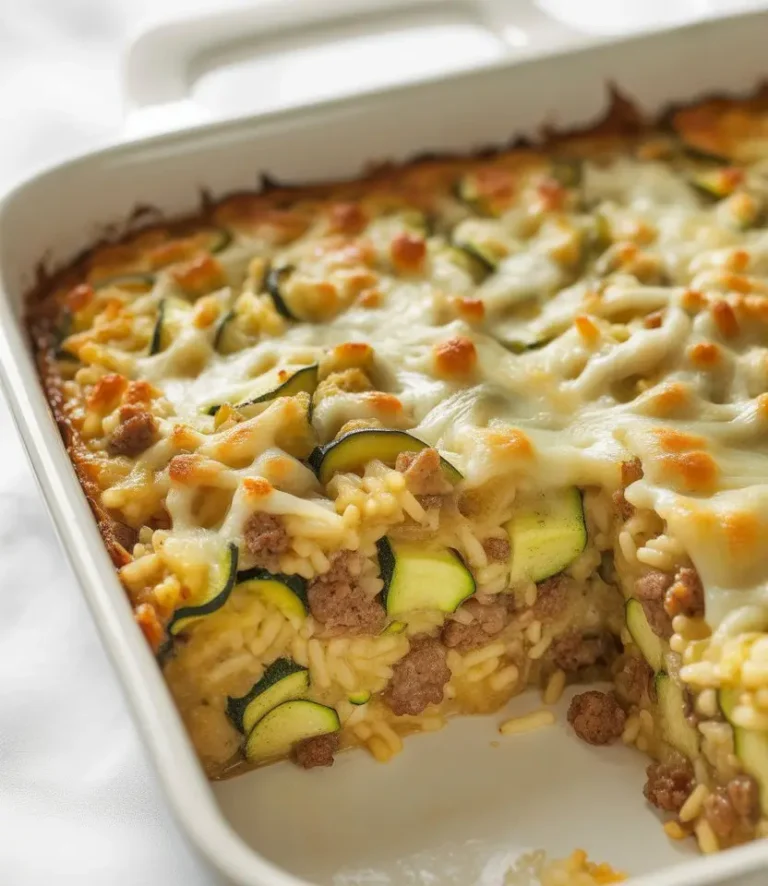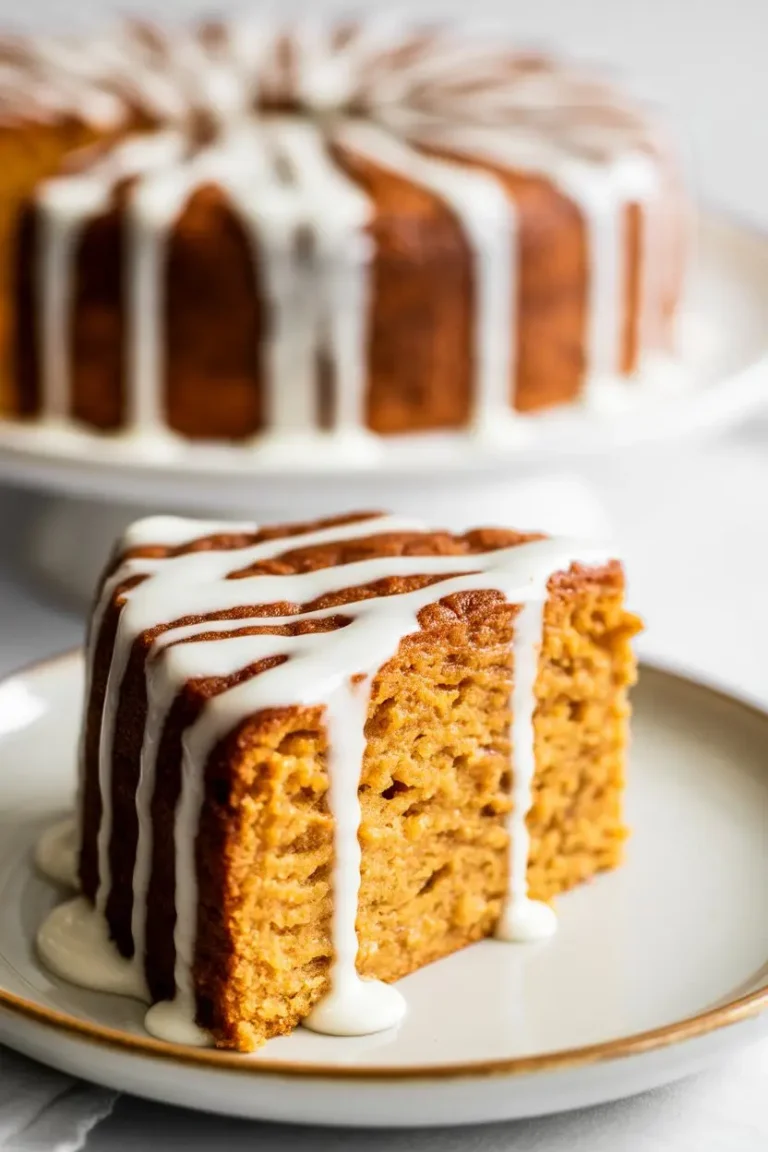
You know that smell. The one that grabs you when you walk past a real-deal bakery and just sort of hijacks your brain for a second. It’s a primal thing, that yeasty, warm promise that something incredible is about to happen.
Now, imagine that, but with a savory haymaker of Italian herbs and a ridiculous melted blanket of cheese. If you’ve ever wanted to bottle that sandwich shop magic, stick around. We’re about to make it happen right in your own kitchen, no lines involved.
I know, I know. Bread from scratch sounds… big. Like a project for people with more time and patience. But honestly? It’s not. This isn’t about being a perfect baker. It’s about turning flour and water into a legit masterpiece, and it’s way easier than you think.
So let’s get our hands dirty. The moment you slice into this warm, cheesy thing, you’ll get it. You’ll absolutely get it.
The Shopping List
No weird, hard-to-find stuff here. This is all about simple ingredients coming together to make something special. Don’t sweat getting the fanciest of everything, just get what’s good.
| Ingredient | Amount | Quick Note |
|---|---|---|
| Warm Water | 1 ½ cups | Like a warm bath. Not hot. |
| Active Dry Yeast | 1 packet (2 ¼ tsp) | The magic stuff. |
| Sugar | 2 tbsp | Food for the yeast. |
| Bread Flour | 4 to 4 ½ cups | Gives that perfect chew. |
| Salt | 2 tsp | Flavor. Don’t skip it. |
| Olive Oil | 3 tbsp | For richness and flavor. |
| Italian Herb Mix | 2 tbsp | Your favorite blend works. |
| Shredded Cheese | 1 ½ cups | Cheddar + Mozz is king. |
The Gear You’ll Need
You’re not building a rocket. Just baking some bread. Here’s the basic toolkit.
- A big bowl (or a stand mixer if you’re fancy)
- Measuring cups and spoons
- A baking sheet and some parchment paper
- Plastic wrap or a kitchen towel
- A wire rack for cooling (important!)
A Few Tricks I’ve Learned
Pay attention to these. They’re the little things that separate a “meh” loaf from a “whoa, you MADE this?!” loaf.
- The Windowpane Test. Don’t just knead for 8 minutes and call it a day. Grab a little piece of dough. Gently stretch it. If you can make it thin enough to see light through it before it rips, you’re golden. If it tears right away, knead for a couple more minutes. This is *the* secret to a soft, chewy texture.
- A Cold Nap Builds Flavor. Got time? Let the dough do its first rise in the fridge for a day. It’s called cold fermentation, and it slows things down in a good way. The yeast develops these deep, complex flavors you just can’t get from a fast rise. It’s a game-changer.
- Cheese Timing is Everything. If you dump the cheese on top at the beginning, it’s gonna burn. Bake the loaf naked for about 15-20 minutes, until it’s just getting a little color. *Then* pull it out, shower it with cheese, and pop it back in. Perfect melt, zero bitterness.
- Fake a Steam Oven. Want a crust with a little more attitude? Put a metal pan on the bottom rack when you preheat the oven. Right before the bread goes in, carefully pour a cup of hot water into the pan. It’ll create a blast of steam. Shut the door fast. This little trick gives the crust a better chew and rise.
The Step-by-Step Game Plan
Just follow along. You got this.
Step 1: Wake Up the Yeast. In a big bowl, mix the warm water, sugar, and yeast. Let it hang out for 5-10 minutes. If it gets foamy, it’s alive. If it just sits there, your yeast is probably dead. Toss it and start again.
Step 2: Make a Shaggy Mess. Add the salt, olive oil, and 4 cups of flour to the yeast party. Mix it with a spoon (or a dough hook) until it comes together into a shaggy, rough dough.
Step 3: The Knead-Down. Dump the dough onto a floured counter. Knead for 8-10 minutes. It’s a workout. The dough will go from a sticky monster to a smooth, elastic ball that’s only slightly tacky.
Step 4: First Rise. Oil your bowl, put the dough back in, and cover it. Let it rise somewhere warm for about an hour or so, until it’s doubled. Don’t rush this part.
Step 5: Shape It. Gently punch the air out of the dough. Pat it into a rectangle, then roll it up tightly into a log. Pinch the seam and the ends shut so it doesn’t unroll.
Step 6: Second Rise. Put your log on a baking sheet lined with parchment. Cover it loosely and let it get puffy for another 45-60 minutes. While it’s rising, preheat your oven to 375°F (190°C).
Step 7: The First Bake. Brush the loaf with a little olive oil or a beaten egg. Sprinkle the Italian herbs all over. Bake it for 15-20 minutes.
Step 8: Cheese It Up. Pull the pan out. Quickly cover the top with all that shredded cheese. Get it back in the oven for another 10-15 minutes. It’s done when it’s deep golden brown and the cheese is a bubbly, glorious mess.
Step 9: Cool Down. Seriously. Get the bread onto a wire rack. I know it’s torture, but you have to let it cool for at least 30 minutes before you slice it. If you cut it hot, it’ll be gummy inside. Patience.
Swaps and Ideas
Think of the recipe as your starting point. Go nuts.
| If You Want To… | Try This… |
|---|---|
| Make it heartier | Swap 1 cup of bread flour for whole wheat. |
| Add some heat | A little garlic powder or red pepper flakes in the herb mix. |
| Go cheese-crazy | Use pepper jack. Or mix some *into* the dough. |
| Load it up | Knead in sun-dried tomatoes or chopped jalapeños. |
How to Deal with Leftovers
If you somehow have any left, that is. Store it in a paper bag on the counter for a couple of days. The fridge is the enemy—it makes bread go stale, fast.
For long-term, slice it up, wrap it tight, and freeze it. Toaster-ready slices whenever you need them.
Quick Troubleshooting (FAQs)
Q1. My dough is a dud. It didn’t rise. What happened?
Ans: It’s almost always the yeast. It was either old, or your water was too hot and killed it. Check the expiration date and use water you can comfortably put your finger in.
Q2. Can I just use regular all-purpose flour?
Ans: Yep. It’ll still be great. The bread just might be a little softer and less chewy, which isn’t exactly a bad thing. You might need a touch less flour, too.
Q3. Why is my bread so heavy, like a brick?
Ans: Usually one of two things: you didn’t knead it enough (see that windowpane test!), or you didn’t let it rise long enough. Gotta let the yeast do its job.
Q4. How do I know for sure it’s cooked through?
Ans: The best way is an instant-read thermometer. It should be 190-200°F inside. No thermometer? Flip it over and give the bottom a good thump. If it sounds hollow, you’re good to go




